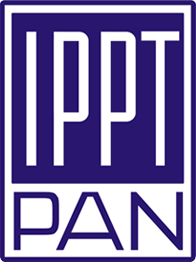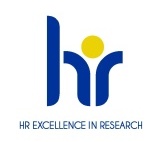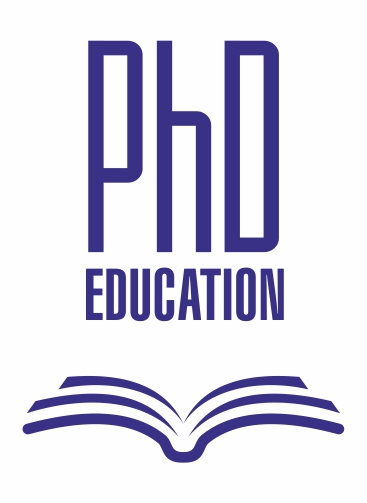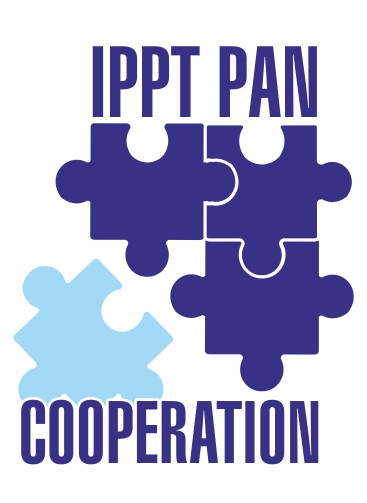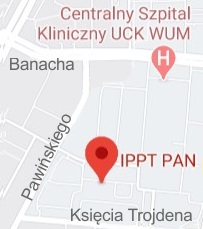| 1. |
Yakymechko Y.♦, Jaskulski R.♦, Jóźwiak-Niedźwiedzka D., Banach M.♦, Chemistry, Technology and Utilization of Nanolime,
Materials, ISSN: 1996-1944, DOI: 10.3390/ma18214846, Vol.18, No.21, pp.4846-1-4846-32, 2025 Abstract:
This article provides a comprehensive review of the chemistry, production technology, and utilization of nanolime. Particular attention is given to the synthesis of Ca(OH)2 nanoparticles through both bottom-up and top-down approaches, highlighting how modern techniques enable precise control of particle size, morphology, and stability. The physicochemical properties of nanolime are discussed in relation to its role as a highly reactive, multifunctional additive, i.a., for cementitious systems, asphalt, and autoclaved products. Its applications are explored with emphasis on performance improvement in construction engineering, including enhanced strength, durability, self-healing potential, and compatibility with low-carbon binders. Beyond construction, nanolime is also examined as a material with relevance to environmental protection, CO2 sequestration, and heritage conservation. The review demonstrates that nanolime is a versatile and strategic material whose properties can be tailored to specific engineering needs, though challenges such as agglomeration, carbonation control, scalability, and long-term durability remain. Future research directions are outlined, focusing on sustainable production methods, functional integration into next-generation binders, and cross-disciplinary applications Keywords:
nanolime, nanolime synthesis, cement-based materials, CO2 capture, self-healing, heritage conservation Affiliations:
| Yakymechko Y. | - | Warsaw University of Technology (PL) | | Jaskulski R. | - | other affiliation | | Jóźwiak-Niedźwiedzka D. | - | IPPT PAN | | Banach M. | - | Medical University of Lodz (PL) |
| 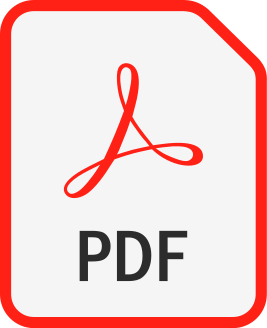 |
| 2. |
Jaskulski R., Jóźwiak-Niedźwiedzka D., Yakymechko Y.♦, Calcined Clay as Supplementary Cementitious Material,
Materials, ISSN: 1996-1944, DOI: 10.3390/ma13214734, Vol.13, No.21, pp.4734-1-36, 2020 Abstract:
Calcined clays are the only potential materials available in large quantities to meet the requirements of eco-efficient cement-based materials by reducing the clinker content in blended cements or reducing the cement content in concrete. More than 200 recent research papers on the idea of replacing Portland cement with large amounts of calcined clay are presented and discussed in detail. First, the fundamental information about the properties and structure of clay minerals is described. Then, the process of activation and hydration of clays is discussed, including the methods of pozzolanic activity assessment. Additionally, various testing methods of clays from different worldwide deposits are presented. The application of calcined clay in cement and concrete technology is then introduced. A separate chapter is devoted to lime calcined clay cement. Then an influence of calcined clay on durability of concrete is summarized. Finally, conclusions are formulated. Keywords:
calcined clay, binder, supplementary cementitious materials, cement-based materials Affiliations:
| Jaskulski R. | - | IPPT PAN | | Jóźwiak-Niedźwiedzka D. | - | IPPT PAN | | Yakymechko Y. | - | Warsaw University of Technology (PL) |
|  |
| 3. |
Yakymechko Y.♦, Lutsyuk I.♦, Jaskulski R., Dulnik J., Kropyvnytska T.♦, The effect of vibro-activation time on the properties of highly active calcium hydroxide,
Buildings, ISSN: 2075-5309, DOI: 10.3390/buildings10060111, Vol.10, No.6, pp.111-1-8, 2020 Abstract:
The results of studying the effect of the vibration processing time on the size of calcium hydroxide particles are given. The physicochemical processes affecting the size and morphology of calcium hydroxide particles have been studied. A stage-by-stage mechanism of the process of the carbonation of lime, depending on its specific surface, is established. The results show that the optimal period for the vibration treatment of lime to obtain the most active material is 20 min. A longer period of vibration results in the merging of particles into larger agglomerates. Keywords:
lime, portlandite, vibration treatment, carbonation, crystallization Affiliations:
| Yakymechko Y. | - | Warsaw University of Technology (PL) | | Lutsyuk I. | - | other affiliation | | Jaskulski R. | - | IPPT PAN | | Dulnik J. | - | IPPT PAN | | Kropyvnytska T. | - | other affiliation |
|  |



